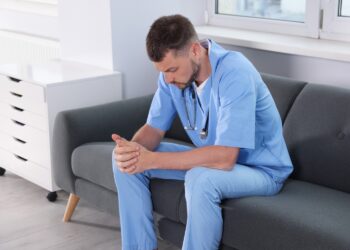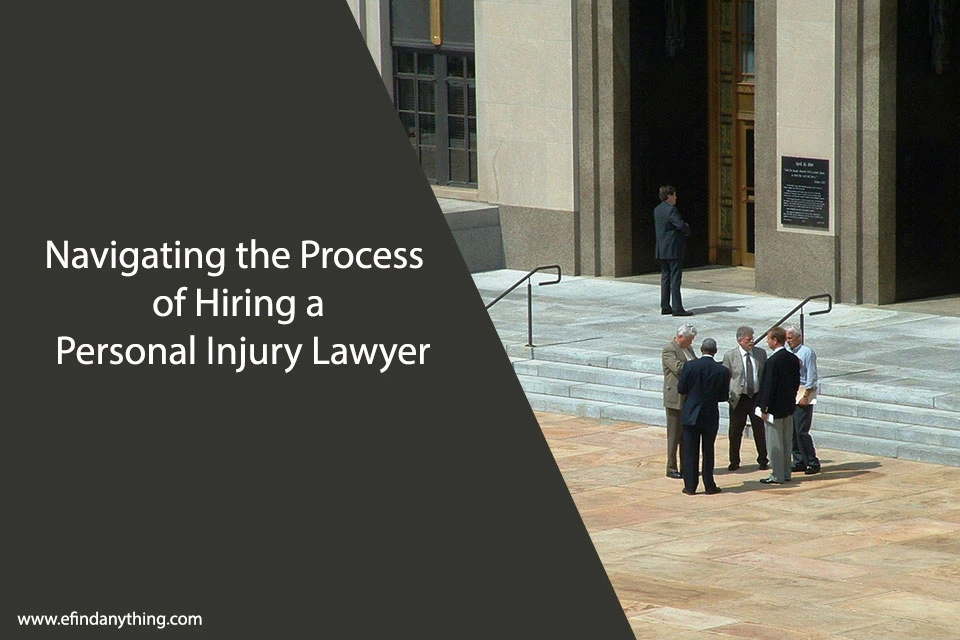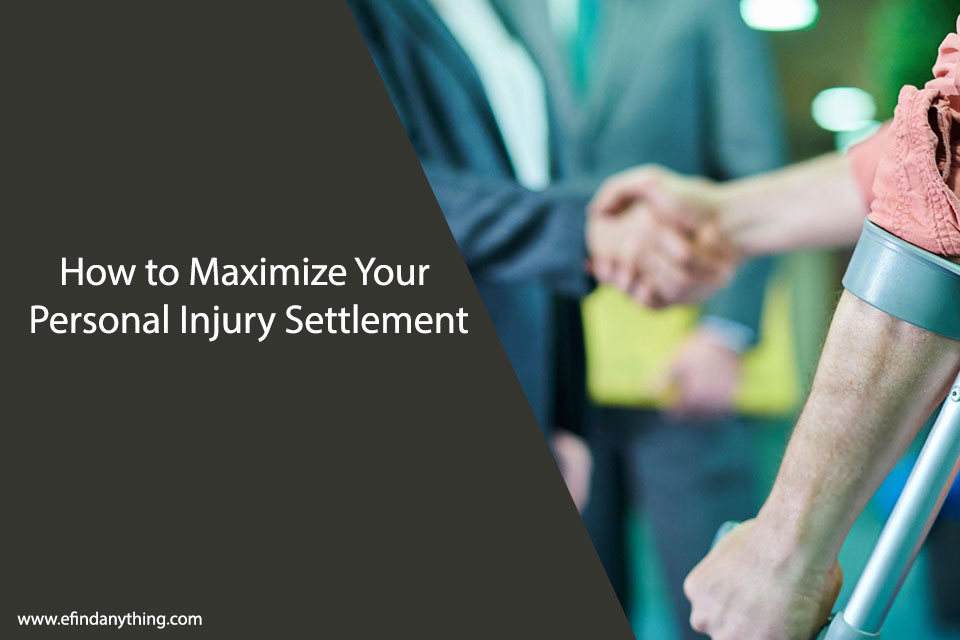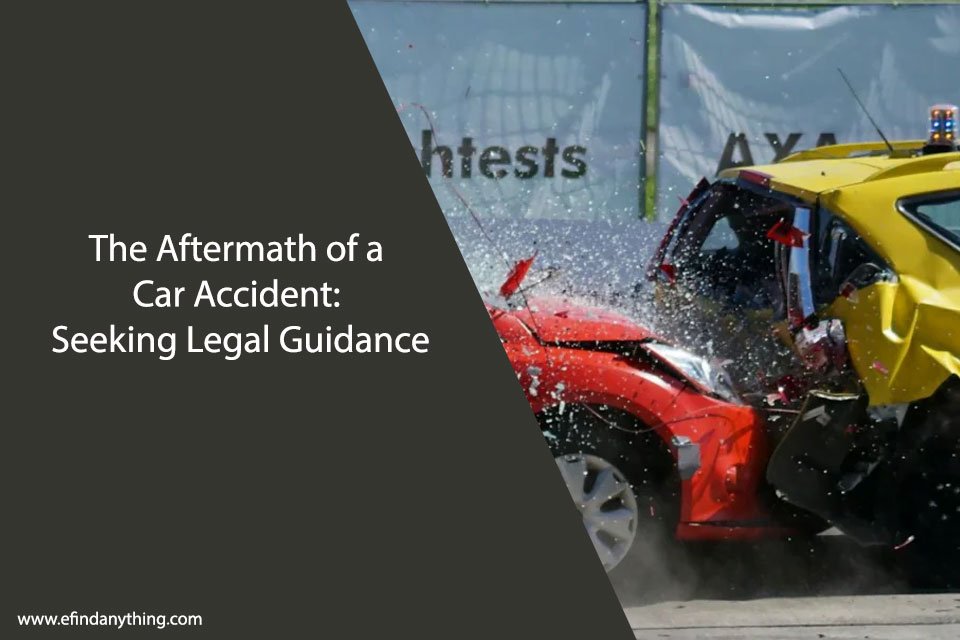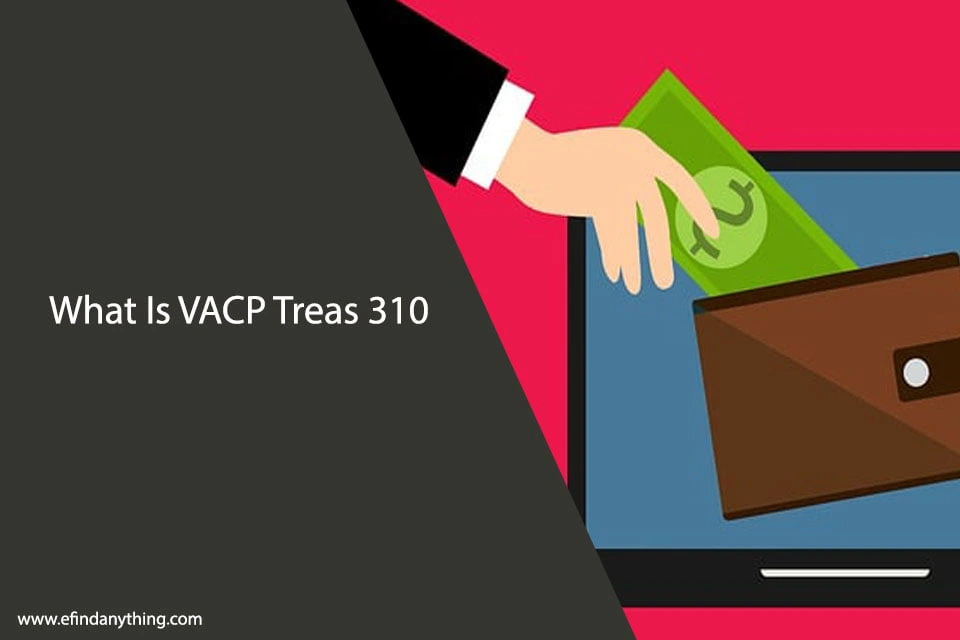
You’ve suffered injuries from a slip and fall accident and need guidance on how to build your case?
Slip and fall accidents take place in various places such as grocery stores, restaurants, office buildings, and people’s homes. These accidents frequently result in severe injuries which often produce substantial medical expenses and lost income for victims.
Here’s the deal:
You must demonstrate negligence to secure financial compensation for your injuries. Building a strong case requires precise methods and although it may not always seem simple you can succeed with the right approach.
Within this article I’ll demonstrate precisely what elements you need to establish in order to prove negligence during slip and fall cases. If you’re struggling with a claim, find a good slip and fall accident lawyer in Arkansas who can guide you through this complex process.
What You’ll Discover:
- What Exactly Is Negligence in Slip and Fall Cases?
- The 4 Critical Elements You Must Prove
- Types of Evidence That Win Cases
- Common Defenses Property Owners Use
- Steps to Take After a Slip and Fall
- When to Hire a Lawyer (And Why It Matters)
What Exactly Is Negligence in Slip and Fall Cases?
All slip and fall claims are based on the concept of negligence. Negligence occurs when an individual does not exercise reasonable care resulting in injury to the plaintiff.
In slip and fall lawsuits negligence means that property owners did not maintain their property in a safe condition.
- Failed to maintain safe conditions
- Created a dangerous condition
- The property owner failed to fix a known hazard.
- Should have known about a hazard
The challenge? Claimants must demonstrate that the property owner had actual or constructive knowledge of the hazardous situation.
A store likely won’t be responsible for your fall on a spill that occurred just 30 seconds earlier because they didn’t have enough time to identify and handle the danger. The legal situation changes when the spill existed for hours before the accident occurred.
Recent data shows that falls caused 46,653 fatalities in the United States during 2022 and established them as the primary source of accidental deaths. Emergency room visits from falls exceed 8 million cases in 2023 showing these events happen frequently.
The 4 Critical Elements You Must Prove
You must establish four essential elements of negligence to win your slip and fall case.
1. Duty of Care
To proceed with your case you need to demonstrate that the property owner had a responsibility to ensure your safety. Establishing this element typically represents the simplest part of the case.
Property owners must legally ensure that their properties remain safe for visitors. The level of responsibility required by property owners changes based on the purpose of your visit to the property.
- Property owners must exercise the highest duty of care towards invitees such as customers in stores.
- Licensees: Moderate duty of care (social guests)
- Trespassers: Minimal duty of care
2. Breach of Duty
To establish that the property owner failed their duty of care you need to demonstrate that they either established a hazardous condition or failed to repair one they knew about or should have known about.
- Created a dangerous condition
- The property owner failed to repair a hazardous condition they were aware of.
- Should have known about a dangerous condition
Proving this element presents the greatest challenge. Property proprietors commonly state they were unaware of the hazardous condition.
3. Causation
The third element requires you to demonstrate the property owner’s breach directly led to your fall and subsequent injuries. Defense attorneys often argue:
- Your injuries existed before the fall
- Your injuries came from something else
- The fall would have happened even if the hazard had not been present.
Accurate medical records produced right after the accident serve as essential evidence.
4. Damages
Finally, you must demonstrate actual damages, including:
- Medical expenses
- Lost wages
- Pain and suffering
- Future medical costs
The financial burden of slip and fall accidents reaches a shocking $70 billion every year within the United States.
Types of Evidence That Win Cases
Your case depends heavily on the evidence you collect.
Photographs and Video
Visual evidence remains the top choice for illustrating hazardous conditions. Immediately take photos of:
- The exact location where you fell
- The hazardous condition itself
- Any warning signs (or lack thereof)
- Your visible injuries
The power of security camera footage makes it essential to request it immediately before it gets removed.
Witness Statements
Independent witnesses can provide crucial testimony about:
- The environment and conditions present when you fell.
- How long the hazard was present
- The property owner had knowledge of the dangerous condition.
Incident Reports
It is essential to complete an official incident report following every fall. This documentation:
- Creates an official record of your fall
- May contain admissions about the condition
- Shows you reported the incident promptly
Medical Records
Your medical records demonstrate a direct link between your injuries and the fall incident. Make sure to:
- Seek medical attention immediately
- Provide healthcare providers with precise details about how you sustained your injuries.
- Follow all treatment recommendations
Common Defenses Property Owners Use
Understanding what you’re up against is essential. Property owners typically use these defenses:
Comparative Negligence
Property owners frequently defend themselves by arguing that you shared responsibility for your injuries. They may claim you:
- Weren’t paying attention
- Were wearing inappropriate footwear
- Ignored warning signs
Under comparative negligence rules that many states apply, your compensation gets scaled down according to how much you were at fault.
Open and Obvious Doctrine
Defendants maintain that any reasonable person would have noticed and avoided the hazard because it was so evident.
Lack of Knowledge
Property owners often state they were unaware of the dangerous condition because the hazard had emerged too recently for them to identify it.
Slips, trips and falls caused at least 805 workplace deaths during 2020 which represented 17% of all workplace fatalities that year.
Steps to Take After a Slip and Fall
Your actions following a fall will significantly influence the outcome of your legal case.
1. Report the Incident
Notify a manager or property owner immediately. Don’t leave without making an official report.
2. Document Everything
Capture images of the accident scene from various perspectives using your smartphone. Capture:
- The hazardous condition
- The surrounding area
- Your visible injuries
3. Gather Witness Information
Secure names and contact information from any witnesses who observed your fall or detected the dangerous condition.
4. Seek Medical Attention
Seek medical attention right away regardless of how minor your injuries appear. Delayed medical care can:
- Worsen your condition
- Create gaps in documentation
- Insurance providers might reject your claim if you delay seeking medical attention.
5. Watch What You Say
Exercise caution when speaking to property owners, managers and insurance adjusters or when posting information on social media. Avoid admitting fault or apologizing when discussing your situation.
When to Hire a Lawyer (And Why It Matters)
Although some small cases may not require legal representation but most people gain advantages by working with an experienced attorney.
Complex Liability Issues
Demonstrating negligence demands expertise in premises liability legal principles. Attorneys understand:
- The specific legal standards in your jurisdiction
- Your lawyer uses their understanding of premises liability law to demonstrate property owner awareness.
- Which experts to consult for testimony
Evidence Preservation
Your lawyer will act quickly to protect important evidence.
- Your attorney sends spoliation letters to stop video footage from being destroyed.
- Obtaining maintenance and inspection records
- Securing witness statements while memories are fresh
Fair Compensation Assessment
Unrepresented claimants frequently receive unfairly low settlement offers from insurance companies. An experienced attorney can:
- Calculate the true value of your claim
- Negotiate from a position of strength
- Take your case to trial if necessary
Business environments see $11 billion each year in slip and fall claims which represent 20% of all occupational injury claims.
Final Thoughts
The process of proving negligence in slip and fall cases presents significant challenges yet a strategic approach combined with solid evidence allows for the construction of a strong legal argument. Remember these key points:
- Act quickly to preserve evidence
- Understand the four elements of negligence
- Be prepared to counter common defense strategies
- Consider hiring an experienced attorney
Immediate actions following an accident greatly impact the outcome. Your chances of securing fair compensation for your injuries improve when you learn about negligence and how to prove it.
Don’t wait to take action. The time frame to file claims is limited by statutes of limitations while physical evidence fades with time.
Remember: Property owners must legally ensure their premises remain safe for visitors. If their negligence leads to your injury you may pursue compensation.



